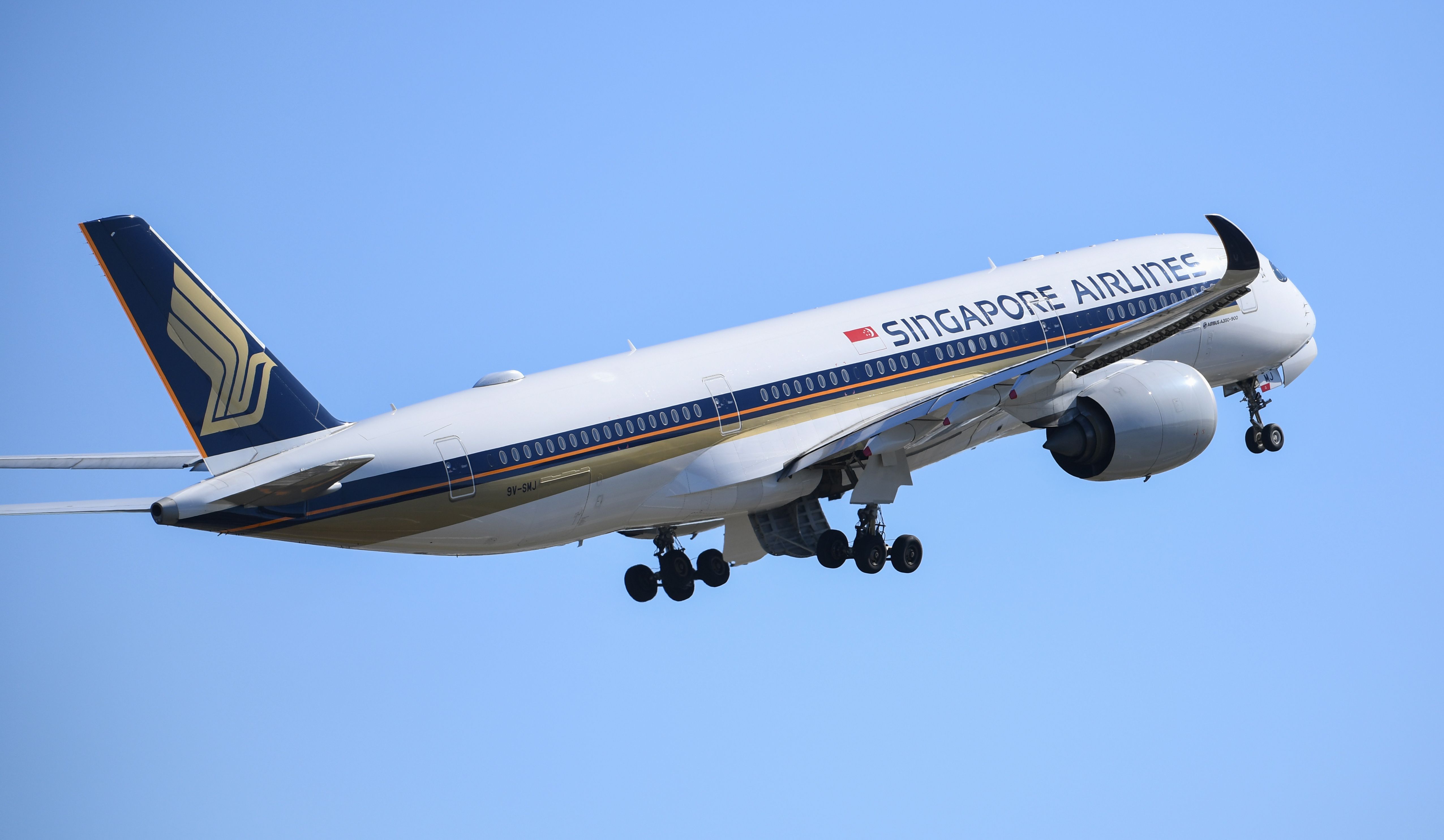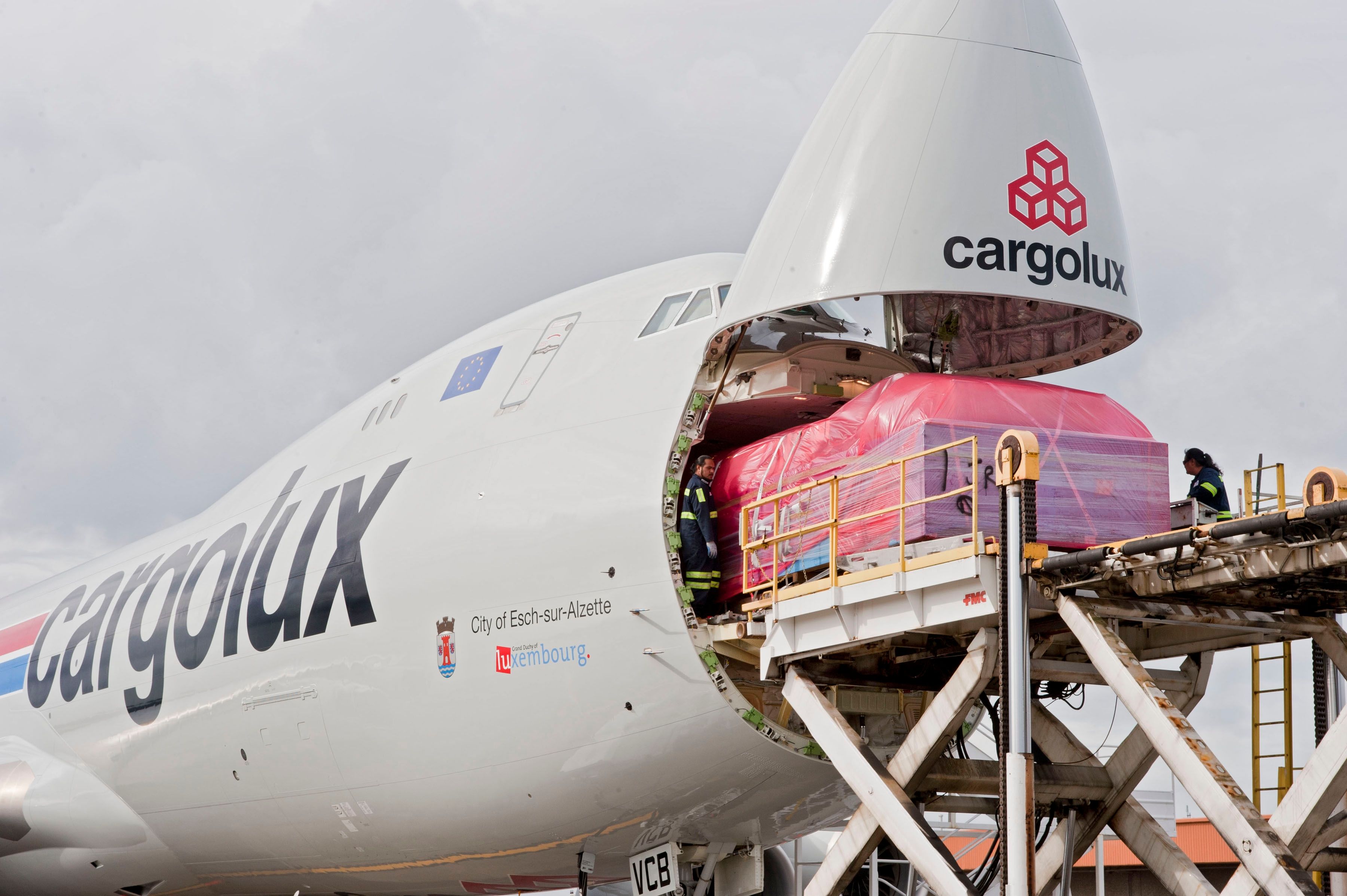In 2021, Asia-Pacific suffered the deepest decline of any region, with its full-year international traffic plunging by 93% compared to 2019 levels. The region was operating at just 15% of its 2019 capacity, and even at that level, it could only manage a load factor of 36%.
Just think about that for a minute and look behind the percentages. For every 100 international seats offered in 2019, only 15 were available in 2021, and just five had someone sitting in it. The Omicron COVID-19 variant was rampant, and borders throughout the region had slammed the gates shut.
Global traffic at 74% of 2019 levels
Yesterday the airline industry body, the International Air Transport Association (IATA), released its traffic figures for September 2022. According to those figures, Asia-Pacific airlines saw a 465% rise in September traffic compared to September 2021, recording the most substantial year-over-year growth rate of any region worldwide. As measured by available seat kilometers (ASKs), capacity rose 165%, and the passenger load factor (PLF) went from 37% to 84%.
The IATA figures are no surprise, given the effective way many of Asia-Pacific's carriers sprung into action as borders reopened this year. A prime example is Singapore Airlines which recorded a record first-half profit, and others like Qantas, Air New Zealand, AirAsia, Garuda, Vietnam Airlines and Thai Airways. It has been an incredible sight for many to see the Airbus A380s come home from the desert, back operating on international routes to and from Asia when they had virtually been discarded.
Global total traffic, measured by revenue passenger kilometers (RPKs), rose 57% compared to September 2021 and is now at 74% of 2019 levels. Given the chaos travelers endured this year, it's hard to see how the system would have survived if traffic was already back at 2019 volumes, although that won't happen until China comes out to play.
IATA director general Willie Walsh said that despite the economic and geopolitical uncertainties, the demand for air transport continues to recover ground. Commenting on the global result in September, Walsh said,
"The outlier is still China with its pursuit of a zero COVID strategy keeping borders largely closed and creating a demand roller coaster ride for its domestic market, with September being down 46.4% on the previous year."
Domestic travel accounts for 62% of global traffic, with the US holding the largest share at 26% and a healthy PLF of 85%. The US climbed by 17% year-over-year (YOY) and reached 0.4% above September 2019 levels. In comparison, China dropped YOY by 46.4%, reducing its global share of domestic traffic to 18%. The most significant domestic growth was in Australia, Japan, and India.
Get all the latest aviation news right here on Simple Flying
What's happening in air cargo?
An interesting pattern has emerged in that 2021 cargo volumes are greater than pre-pandemic 2019 but have fallen from the highs of 2021. Global air cargo demand, which is measured in cargo tonne-kilometers (CTKs), fell 10.6% compared to September 2021, although capacity was 2.4% higher YOY.
Air cargo volumes fell in North America (-6%), Europe (-15.6%), Asia-Pacific (-10.7%) and the Middle East (-15.8%). The drop in the Middle East followed an 11.3% decline in August due to stagnant cargo volumes to/from Europe. Latin American cargo carriers grew by 10.8% YOY, and not much changed in Africa, with a 0.1% gain.
Do you see demand back to 2019 levels in your area, and how are the airlines coping?


.jpg)
